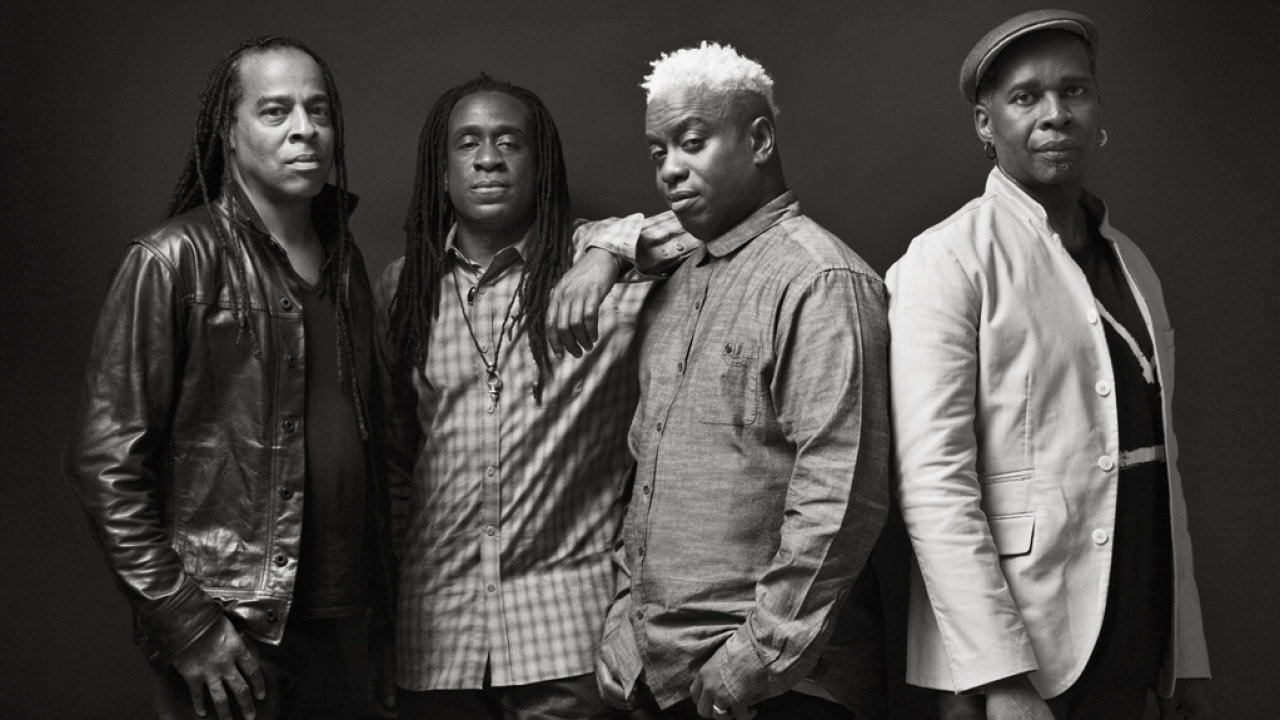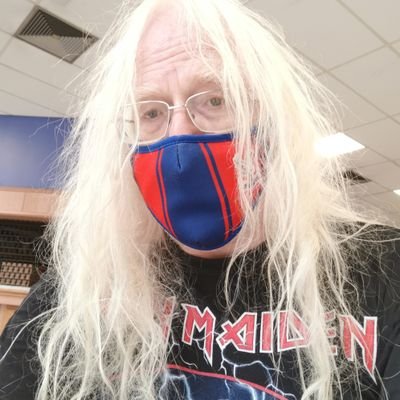Doug Wimbish, bass player with the US hard rock/alternative band since 2000, sets the scene for their one-off London date.
Compared to the mid-80s when Living Colour first arrived, do we now live in more enlightened times in terms of acceptance of musical diversity?
I don’t know if they’ve changed for the better, but they’ve definitely changed.
People are now more accustomed to seeing black musicians playing rock. Would you like to think that Living Colour were important in breaking down those barriers?
Sure. But Bad Brains, Sly And The Family Stone and Jimi Hendrix had already set the template for what black music became. They were our reference points. Living Colour were a classic result of the times.
Living Colour were playing first with Jeff Beck and then Mick Jagger when the band broke through.
I took both of those guys to see them at CBGB. Mick loved them and asked what he should do with them, and I told him: “Take them into the studio and make a record.” He got them signed, but it took Mick Jagger to achieve it.
Why was that?
They were talking about things in America that were very real. It was the days of the Reagan administration; there was crack cocaine. Living Colour turned the lens on that. The walls came down for a short while, but it didn’t last.
Why did they go back up?
Living Colour split in 1995. We thought there’d be more bands to carry the torch, but for various reasons it wasn’t the case.
The band’s sixth album,_ Shade_, is due in the autumn.
We’re still a bunch of cats jamming, and we’re better than ever.
_Living Colour play London on October 28. _

